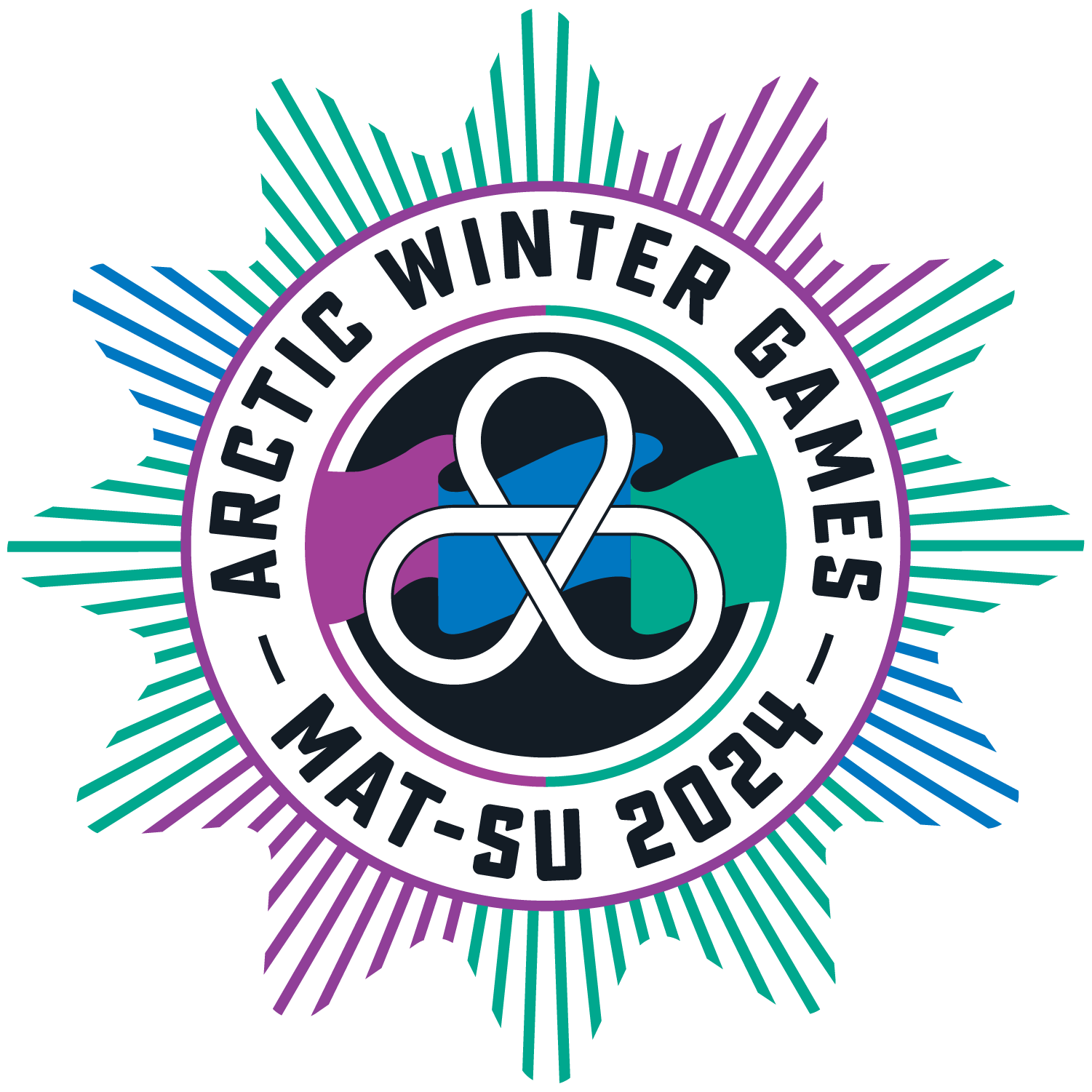Chickaloon Native Village (Nay’dini’aa Na’ Kayax) Infuses Language and Culture Into 2024 Games Experience
- Kendra Zamzow
- Mar 17, 2024
- 3 min read
Chickaloon Native Village (Nay’dini’aa Na’ Kayax) has been an integral part of the 2024 Arctic Winter Games. At least one hundred Tribal citizens and staff participated in the Games, but prior to that Chickaloon was involved for over two years. Kim Sollien, planner at the Matanuska-Susitna Borough, was a force behind getting the Games to be in the Borough. She worked for Chickaloon Native Village for many years, and asked them to bring in the cultural piece.
Chickaloon Native Village is an Ahtna Dene Tribe governed by the Chickaloon Village Traditional Council (CVTC). Their administrative offices and departments are located in Ts’es Tac’ilaexde (Sutton), as is the Tribal school Ya Ne Dah Ah. They have worked for decades to bring language and culture back to their citizens.
“I will never forget the first time I heard a Land Acknowledgement in public,” said Lisa Wade, Executive Director of Chickaloon Native Village. “It was read at the Mat-Su Health Foundation. I was with (elders) Uncle Albert and Uncle Don and I saw their faces. Uncle Albert said it was pretty cool, that he had never heard anyone say this was our place before.” It used to be scary to be visible.
“Our role has really been infusing as much language and culture into the events as possible, to bring it center stage.” Lisa said.
Prior to the games, they came up with the Chickadee (Ne’iine) as the animal ambassador and helped design village pins. At the Opening Ceremonies, two Chickaloon youth lit the torch, Traditional Chief Gary Harrison spoke along with Shirley Chilligan of the Native Village of Eklutna, and dozens of Tribal citizens and staff joined a traditional dance.
Throughout the week Chickaloon Village was instrumental in organizing events at Participant Villages such as beading lanyards at Palmer Junior Middle School and Palmer High School. Dimi Macheras led a comic art activity. Dimi is a Chickaloon Village Tribal citizen who went through the Ya Ne Dah Ah school. He has published comic books based on traditional stories told by his mother, storyteller Patricia Wade. “We wanted to create fun activities for host villages,” Lisa said. “And there was bingo; it was hilarious.”
Staff at CVTC and youth from Ya Ne Dah Ah hand-made banners for the teams at the villages. “It’s important for the kids to know that we are here, and to make them feel at home,” said Angie Wade, a Chickaloon Tribal citizen and the Tribal Historic Preservation Officer. She also made them feel seen and cared about by supplying a labeler so youth could make corrections to pronouns on their identification.
Wellness is an important theme for the Tribe and encompasses physical and mental health. “So many of the traditional games are about wellness, staying well through long winters. Think about the One Foot High Kick. We were inside all winter long, that is an activity that can be done in a small space.” Angie said. Chickaloon Village also helped to choose the Indigenous food vendor, and CVTC staff helped to prep and serve the feast. “It was such a pleasure to put food out that was so cared about and serve to grateful people.”
Wellness also means facing the past and moving through it with resilience. This was embodied by the Activation around Boarding Schools that Angie led at Raven Hall on Friday and Saturday, to educate the public and further the healing process (see Ulu News issue #xx).
Jessica Winnestaffer, director of the Chickaloon Native Village Environmental Stewardship Department, said she was thrilled at how the importance of culture has been infused in this international event. “It’s inspirational, refreshing, and heartwarming to see culture be such a major focus of the events.” For so long their government just wasn’t invited to be involved.”
Lisa Wade summed it up. “Our hope is that our community can see the value of having our language and culture embedded here.”
